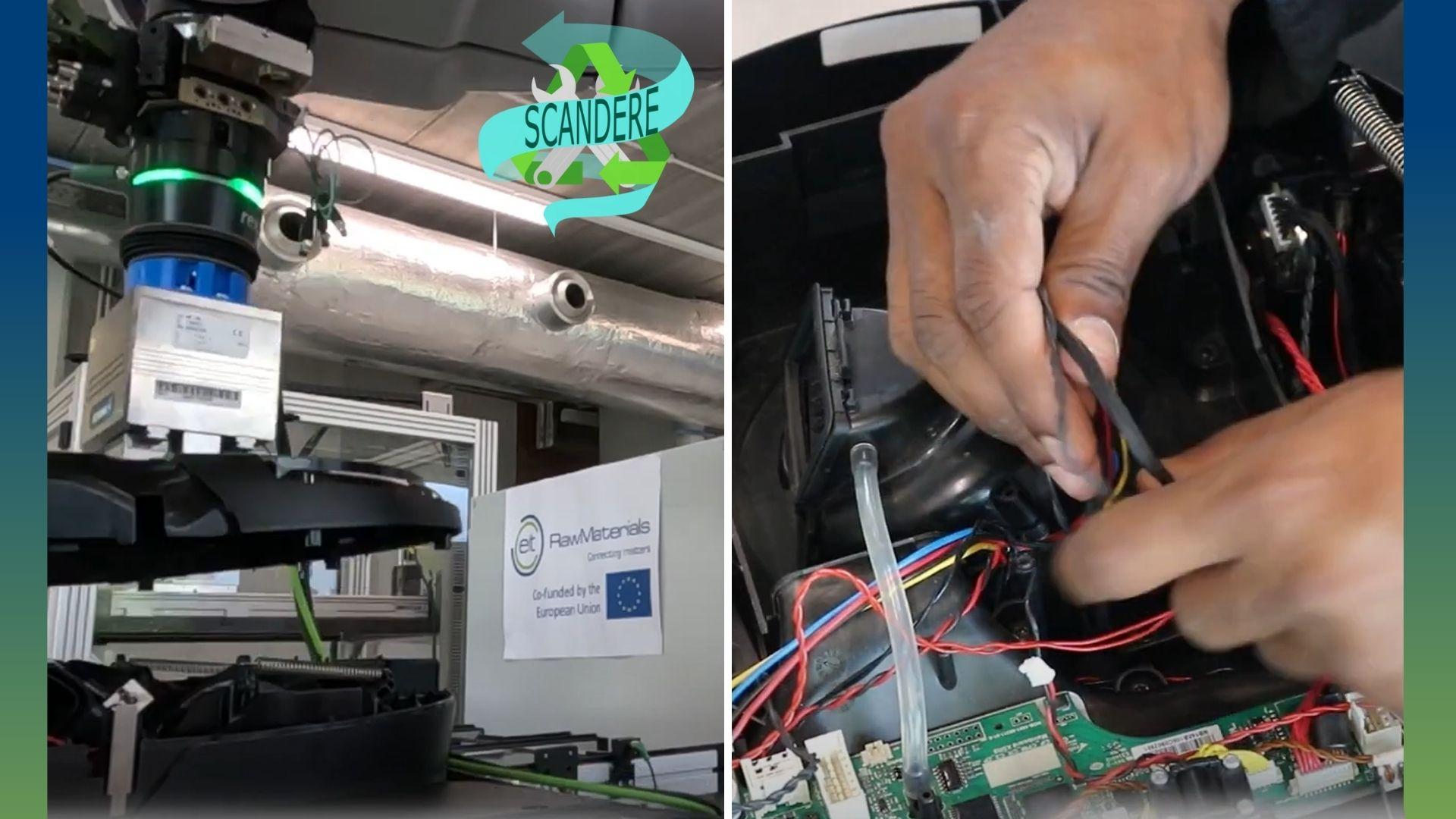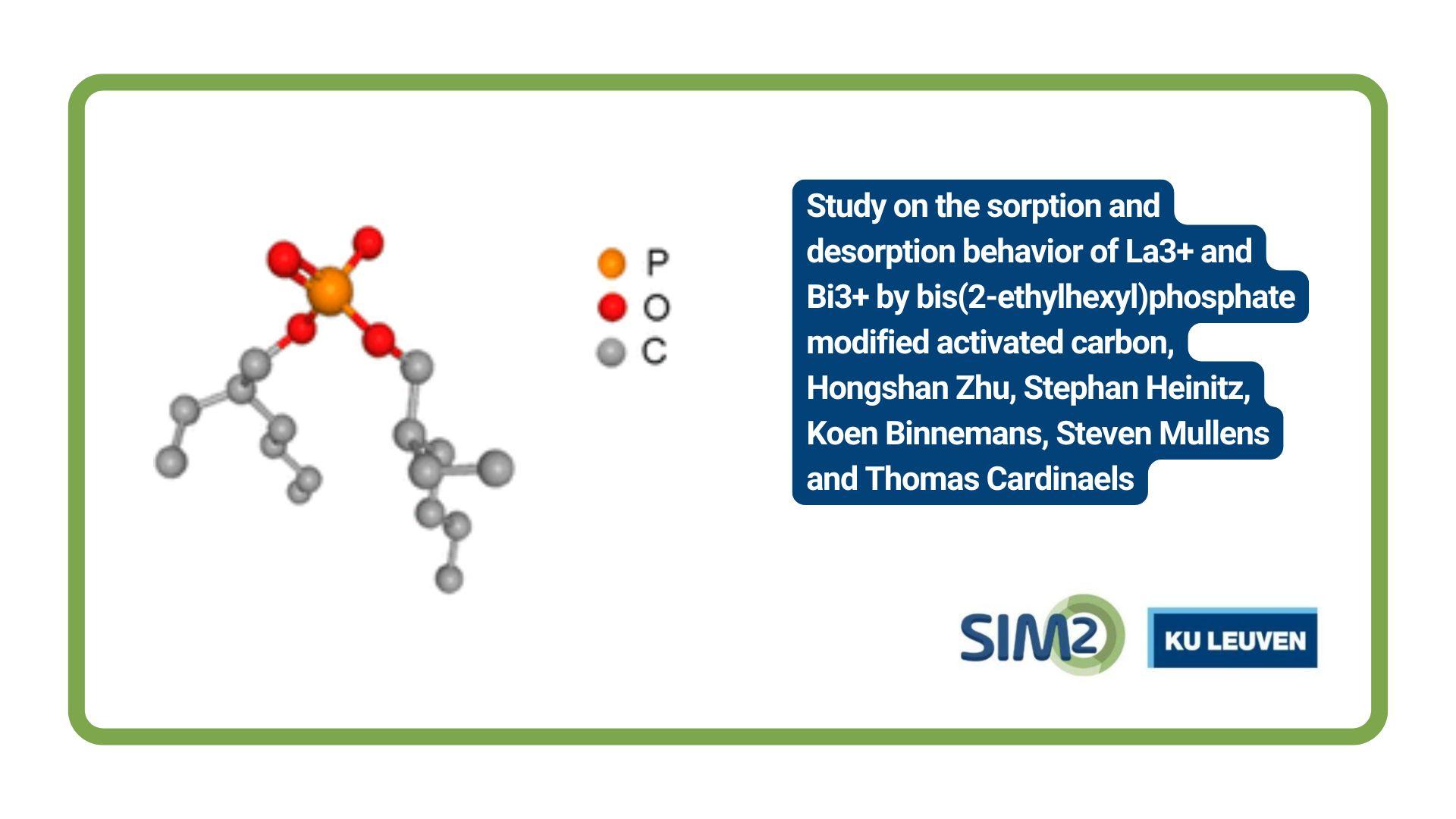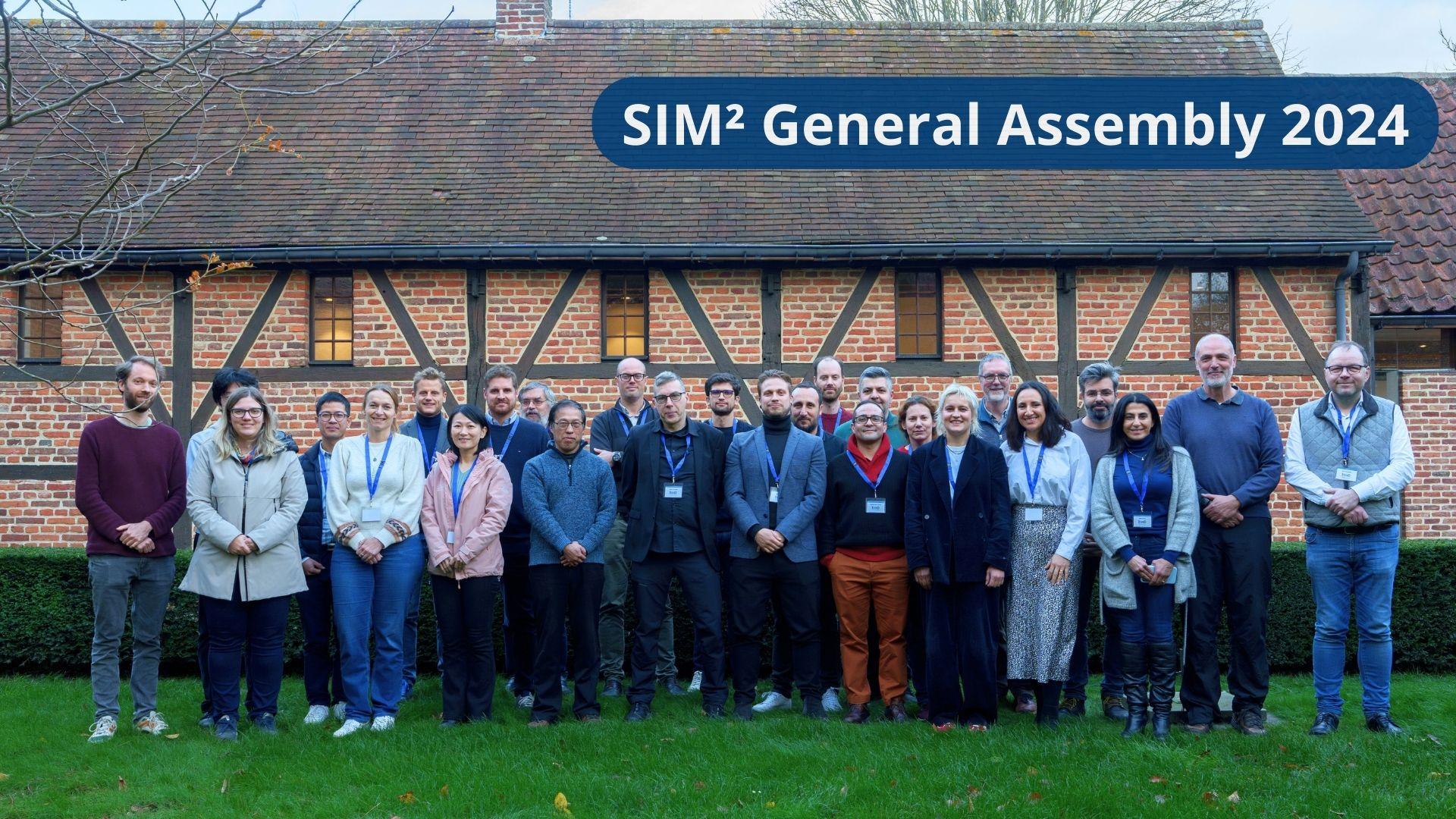Georgios Bartzas and Konstantinos Komnitsas of the Technical University of Crete, Greece, key partners of the KU Leuven-coordinated ENICON EU project, have published a new article entitled Cradle to Gate Life-Cycle Assessment of Battery Grade Nickel Sulphate Production Through High-Pressure Acid Leaching. The article will be published in the November issue of the journal Science of The Total Environment, but is already available online https://www.sciencedirect.com/science/article/pii/S0048969724060583
The rising global demand for high-purity nickel (Ni) sulphate, primarily used in lithium-ion batteries, is largely met by processing Indonesian laterite ores via hydrometallurgy. However, this supply chain is associated with significant environmental challenges and lack of transparent industrial data. This study uses a cradle-to-gate life cycle assessment (LCA) approach to quantify the greenhouse gas (GHG) emissions and energy use associated with the production of mixed hydroxide precipitate (MHP) from low-grade Indonesian laterites via high-pressure acid leaching (HPAL), which is then refined in China for the production of battery-grade nickel sulphate hexahydrate (NiSO4·6H2O, NSH). Fifteen impact categories are analyzed using established impact assessment and allocation (mass and economic) methods. The analysis reveals that feed preparation/HPAL and purification are the stages that contribute most to environmental impacts and in particular to global warming potential (GWP). Mass allocation results in higher environmental impacts, with 36.8 kg CO2-eq per 1 kg of Ni in NSH for GWP, compared to 33.8 kg CO2-eq per 1 kg of Ni in NSH when economic allocation is used. Sensitivity analysis shows a potential reduction (up to 13 %) in key impact categories if production of NSH is fully integrated in Indonesia or a greener electricity mix is used. Overall, our results indicate that the production of MHP in Indonesia and its refinement to NSH in China has a GWP about two times higher than the global average. Given the limited number of LCA studies for the production of battery-grade nickel, this study highlights major environmental concerns for the NSH production process from Indonesian laterites and identifies opportunities for improvement, towards a more sustainable global battery supply chain.
Reference
Georgios Bartzas, Konstantinos Komnitsas, Cradle to gate life-cycle assessment of battery grade nickel sulphate production through high-pressure acid leaching, Science of The Total Environment, Volume 952, 2024, 175902, ISSN 0048-9697, https://doi.org/10.1016/j.scitotenv.2024.175902. (https://www.sciencedirect.com/science/article/pii/S0048969724060583).
Acknowledgements
The authors would like to acknowledge the financial support of European Union in the frame of Horizon Europe ENICON project “Sustainable processing of the Europe's low-grade sulphidic and lateritic nickel/cobalt ores and tailings into battery-grade metals”, https://enicon-horizon.eu/, Grant Agreement No. 101058124.





